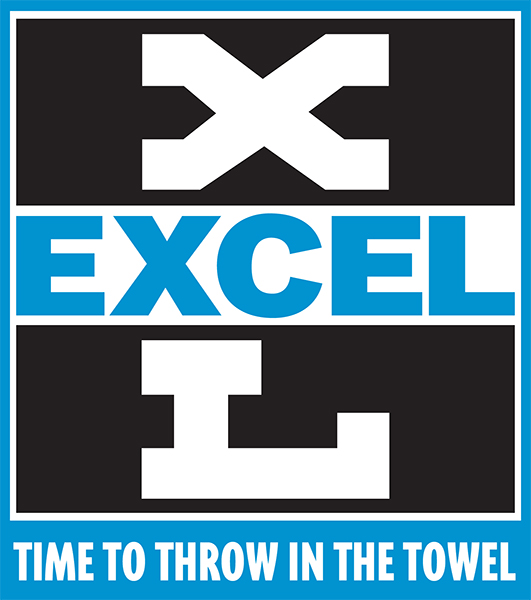Now On Demand
Credits: 1 AIA LU/HSW; 1 AIBD P-CE; 0.1 IACET CEU
May qualify for learning hours through most Canadian architectural associations
Construction is going green. As both sustainability and efficiency advance in the built environment, architects, specifiers, and buyers are increasingly concerned with purchasing products that are environmentally friendly and can achieve project performance and client welfare goals. Architects and designers are, in essence, visionaries. This course explores options that architects and designers have when choosing products that accurately support and fuel their passion for possibilities while maintaining the health, safety, and welfare of the clients needs. Definition for PCRs, LCAs, and EPDs are discussed and various case studies are examined.
Paul Marquez has been and continues to be a valued member of the Excel Dryer team. Working first in the sales department overseeing the development of the Dodge Sales platform before assuming the role of Head of Architectural Specifications, Paul persistently utilized his management experience and business acumen drawn from a decade of being a client advocate and providing dynamic solutions to both management and client needs. In his current role, he is charged with sales functions, client relationship management, B2B development and gathering and conveying business partners/customer needs to guide product development with a particular emphasis on understanding the specification process.
Learning Objectives:
- Discuss how environmental product declarations (EPDs) allow for apples to apples comparisons of building products in terms of hygiene, welfare, and health performance.
- Explain how product category rules (PCRs) establish clear, consistent evaluation methods for building products as a means to help ensure and validate the environmental performance of buildings.
- Describe how PCRs, LCAs, and EPDs can be used together to assess and optimize the hygiene, health, and sustainability characteristics of high-performance restroom designs.
- Apply the information provided by environmental and efficiency standards when making product and welfare decisions.
Sponsored by:
 |